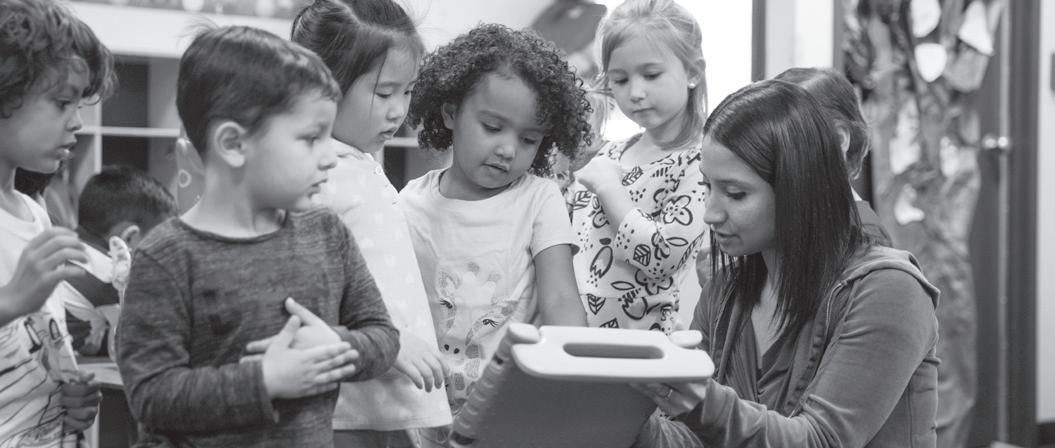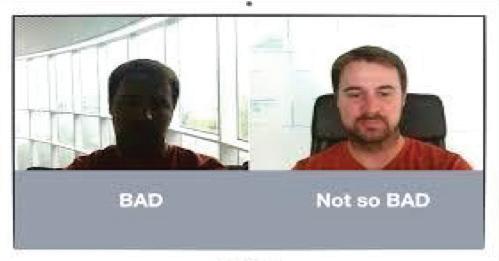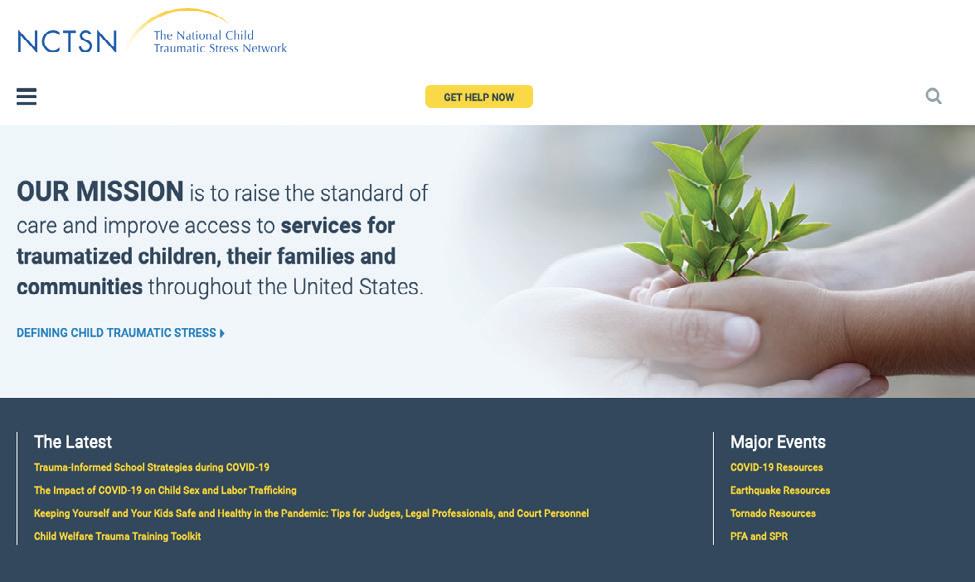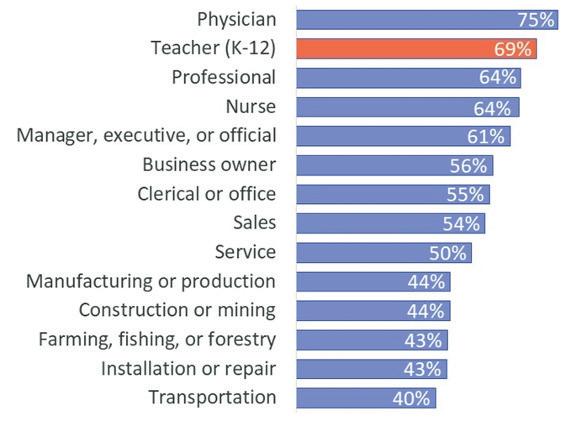William Minton Founder and CEO, CanopyEd, Louisiana
F
or the past 13 years, I have worked with teachers. Over this time, I have observed over a thousand lessons and had hundreds of coaching conversations with first and secondyear teachers. Through this work, I have found that there are a few mistakes that nearly every teacher makes.
Seeing themselves as “the cool” teacher: All teachers envision that they will be admired and appreciated by their students. While this vision can become a reality, it won’t happen because of personality, youth, or the teacher’s “cool vibes.” It can be hard for new teachers to understand this concept, but teachers are authority figures, and there should always be a professional, authority figure dynamic between teacher and student. The behaviors and characteristics teachers often define as youth and relatability, most students interpret as inexperience and gullibility. Students are far more likely to see the “cool” teacher as someone who will let them get away with something than as someone who can be a lifelong mentor, especially during the first few weeks of school. Becoming the mentor we imagine ourselves to be requires that we prioritize the relationships we have with our students and understand that these relationships will always exist within the context of authority and academic expectations. Students deserve teachers who are kind and who build relationships with them, but they also deserve teachers who will hold them to high expectations and support their learning and development.
Allowing minor misbehaviors to go unaddressed: Letting minor misbehaviors go unaddressed is often directly related to the first mistake of trying to be the “cool” teacher. No one enters the teaching profession so that they can fuss at children, and no teacher wants the reputation for flipping out during the first few days of school; the majority of beginning teachers elect to ignore seemingly insignificant behaviors such as chatting during the lesson. This decision to ignore is the first step in a disastrous unraveling of classroom culture and wasted learning time. When we ignore minor misbehavior, what every student in the room thinks to themselves is, “Ms. X is okay with us talking during class. They must not really be serious about what they are saying.” While the teacher wants to be seen as flexible, the students see them as disorganized and weak. Now, that’s not to say that you need to start issuing consequences or yelling at students. When minor misbehavior occurs, see it for what it is—a test. Acknowledge that you notice the behavior and clearly communicate to students, either verbally or nonverbally, that the behavior it is not acceptable and that it will not be part of the routine on your classroom.
Not thinking enough about directions: Giving directions may be the single most common topic in my conversations with new teachers. Giving clear directions is a deceptively complex art. When directions are given without thorough consideration, the results are sloppy transitions, wasted learning, and teachers who are constantly scrambling and repeating instructions. Let’s be clear, this chaotic situation is never the students’ fault. Clear directions must
be given. Directions are like oil to an engine; without them, nothing will run smoothly, and the classroom will breakdown. For every direction, no matter how small, make sure to get everyone’s attention and then say, not only what to do, but how to do it, how long it will take, and what will happen next. Over time, this process will become a habit.
Confusing compliance with learning:
Navigating Your First Year of Teaching
Top 5 Mistakes New Teachers Make During the First Week of School
Mistaking compliance for learning is a common problem when the teacher is teaching using guided notes. Students quietly write what is being said, but when asked to use the information to work independently, they are at a loss for what to do. Depending on their level of investment, hands go up, heads go down, or social hour begins. Teachers should always make sure that they are checking for both authentic understanding and the ability to apply the knowledge being taught when the content is being introduced. Students typically say that they understand, but application requires a higher level of knowledge than mere understanding.
Letting students set the expectations in the room Far too often, new teachers do not know exactly what to expect with regards to the quality of student work. When students turn in low-quality work, the teacher may accept that this is the level of work that students are capable of at this school. This practice is especially common for teachers working with students from low-income communities. The obvious issue here is that it is the teacher’s job to move students beyond the level of current performance. Teachers cannot be satisfied with simple completion; they must always have a clear and ambitious vision for what students can accomplish. This vision must be clearly communicated to students along with feedback on how their work can better to move toward that vision. Giving students productive feedback is a central responsibility of the classroom teacher. Obviously, the observations above are easier to talk about than to do something about, but I hope you find them useful as you begin to mentally prepare for your first weeks in the classroom. There is no job more dynamic or more rewarding than that of being a teacher. Hopefully these tips can help you more quickly reach your full potential and become the confident and rigorous teacher that your students deserve.
The art of teaching is the art of assisting discovery. - Mark Van Doren -
91 American Association for Employment in Education































